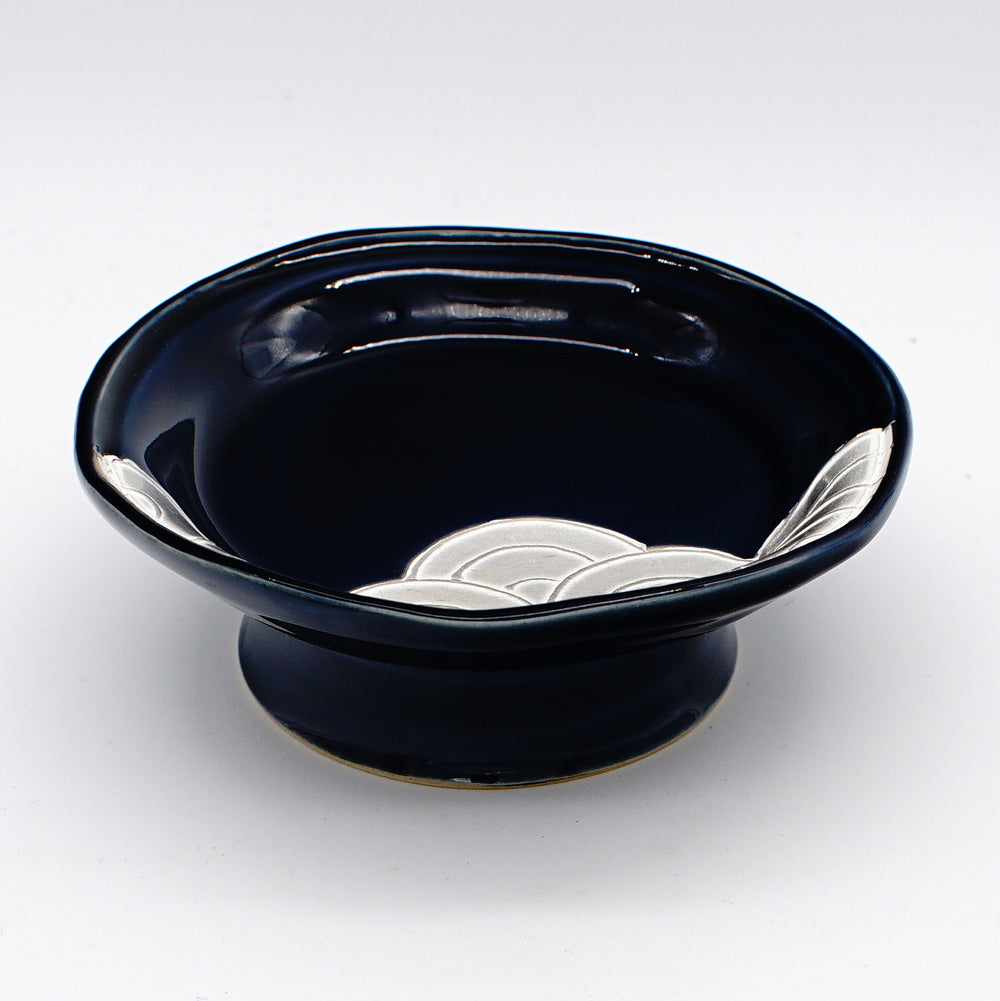Ceramics
Across Japan’s 47 prefectures, each region produces distinct ceramic wares, often named after their
place of origin, such as "Imari-yaki," "Karatsu-yaki," and "Mino-yaki."

Kiyomizu-yaki
Named after Kyoto’s ancient Kiyomizu Temple, is renowned as a representative of
"Kyo-yaki." This form of pottery, perfected by Nonomura Ninsei in the mid-17th century, is
celebrated for its delicate painting and vibrant glazes. The intricate designs and varied techniques
make Kiyomizu-yaki a national treasure of Japan.

Mino-yaki
With a 1300-year history from the Tono region of Gifu Prefecture, is known for its
vibrant underglaze decoration. Fired at high temperatures of 1200-1300°C, the glazes fuse with the
clay body, producing a glossy, luminous surface. The irregularities in thickness, curvature, and form
give Mino-yaki its distinctive asymmetrical beauty, capturing the essence of freedom in
imperfection.
